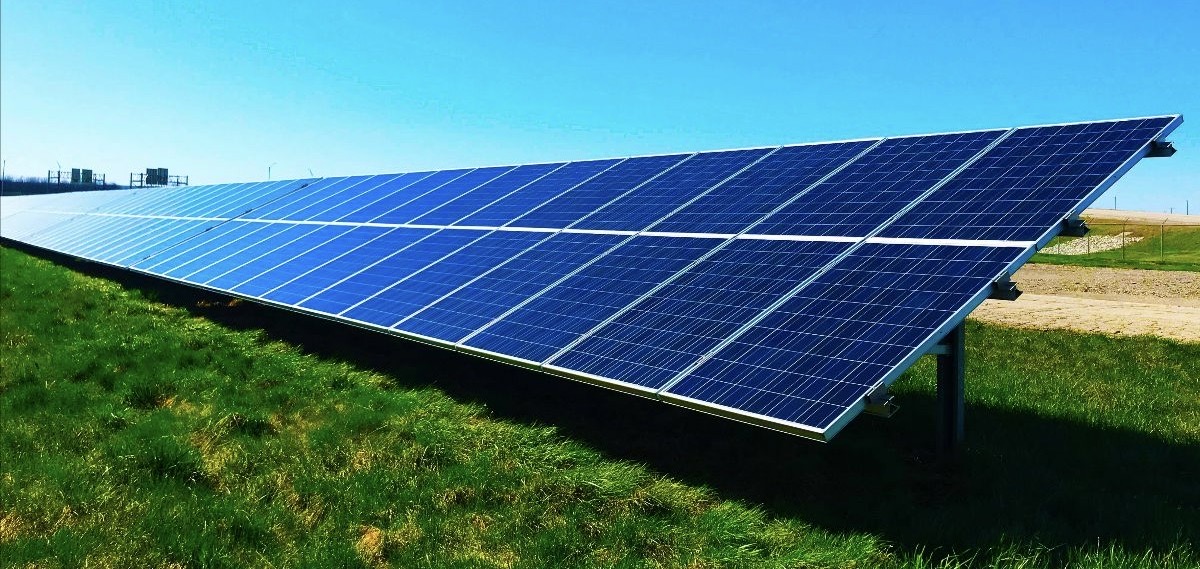Golf clubs should make it a priority to educate golfers about the sustainable practices they are adhering to in their day-to-day operations. That is the one of the early conclusions from a new multi-market study on golf sustainability carried out by Sports Marketing Surveys.
The research in the UK shows, for example, that over half of golfers are unsure whether their home course uses natural pest controls and fertilisers instead of chemical solutions. Irrigation practices are another area where almost a third of golfers in the UK are uncertain of their club’s efforts.
Results from research carried out in other markets by SMS, including USA, France, Germany and Sweden, is to follow, which will reveal how awareness and attitudes to sustainability issues differ between countries. The full reports will be available to purchase via the SMS Research Store in the coming weeks.
“Now is the moment for golf clubs to shout from the rooftops about what they are doing to secure the future of the game and the planet,” said Richard Payne, Director at Sports Marketing Surveys. “We know many clubs are doing a lot of good work on their environmental footprints behind the scenes, and, with UK golfers expecting sustainability to become a more and more important focus in the next decade, this is the time for courses to make sure they are ahead of the curve in making their point.”
With the UK findings also identifying a lack of solar energy usage at golf courses, SMS is also calling for the industry to come together to develop solutions fast in this area.
“Visible changes like these cultivate a sense that we are all in this together and can be a spur to encourage golfers to boost sustainability efforts in their everyday lives,” Payne added.
According to The R&A, golf course sustainability means “Optimising the playing quality of the golf course in harmony with the conservation of its natural environment under economically sound and socially responsible management.”
As courses move towards that ideal, golf may begin to see a move away from perfectly manicured and extensively watered properties and towards wilder looking but still high quality playing surfaces. Though the level of change achievable will vary course by course, factors including water management, fertilisation, aeration, top dressing and mowing are all rife with opportunities for improvements in sustainability.
According to The R&A, selecting the right grass can reduce resource inputs by 50% or more. Sustainability is also among the concerns informing the R&A’s Distance Insights consultation, a long-running focus that has benefitted from golfer research by SMS.

